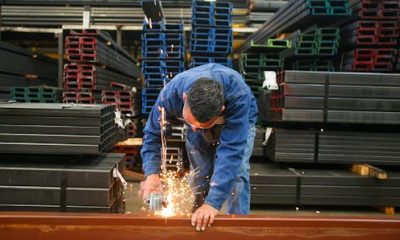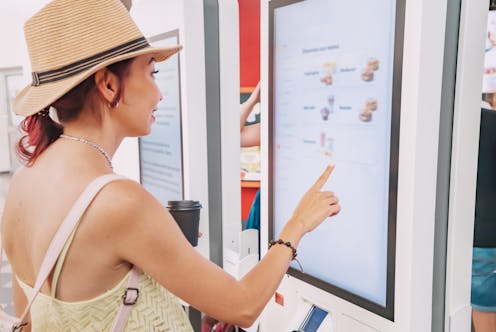Media
Why restaurant self-service kiosks can actually result in customers ordering less food
New research on food-ordering kiosks introduces the social dynamics at play and offers alternatives for designing a more effective and customer-friendly self-service process.
More in Media
-


A potential $110B economic hit: How Trump’s tariffs could mean rising costs for families, strain for states
The shock will fall hardest on consumers, certain industries, and states that are sensitive...
-


Extreme heat silently accelerates aging on a molecular level − new research
People living in locations that experience frequent extreme heat days age faster at the...
-


Gifts from top 50 US philanthropists rebounded to $16B in 2024 − Mike Bloomberg; Reed Hastings and Patty Quillin; and Michael and Susan Dell lead the list of biggest givers
Three philanthropy scholars size up the latest data on gifts from the country’s biggest...
-


Chairman of the Joint Chiefs advises the president on use of America’s military power
The highest-ranking military officer in the country, the chairman has no direct command authority....





